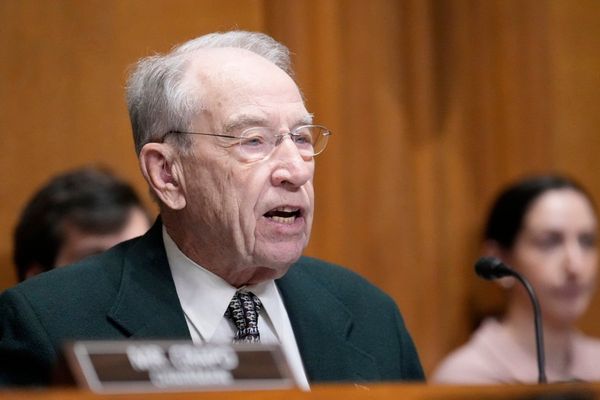
With inflation slowly returning to normal and the economy remaining strong, there's been talk that the Federal Reserve might have managed to pull off that seemingly impossible of feats: The storied soft landing.
But what exactly does that mean?
We can explain it with a metaphor. In Goldilocks and the Three Bears, the namesake of the story invites herself into the bears' home and looks for that perfect porridge. Not too hot, not too cold. But just right.
That's the essence of a soft landing. Now, let's dig into the details. Are we looking at a soft landing scenario right now? And if so, how did we get here?
A soft landing starts with the Fed
For those unfamiliar with how the Federal Reserve works, it has a dual mandate. Specifically, the central bank is charged with keeping prices stable while also maintaining full employment.
That's not a particularly easy balancing act, as policies that keep prices stable and inflation in check – higher interest rates, tighter lending standards on banks, etc. – tend to be the same policies that slow down the economy and push unemployment higher. Policies that tend to boost employment, such as low interest rates and looser credit standards, also tend to ignite inflation.
When the Fed is concerned about inflation, it takes tightening measures to moderate the pace of economic growth. But they have to be careful. If the Fed hikes rates too aggressively, it risks pushing the economy into a bona fide recession – or what we might call a hard landing.
Ideally, the Fed wants to raise interest rates just enough to slow growth without killing it, reining in inflation in the process.
Is the U.S. going to have a soft landing?
The Fed often errs by focusing a little too hard on one of its two mandates while ignoring the other.
Let's go back to the central bank's response to the COVID-19 pandemic. Faced with a collapse in demand due to lockdowns, the Fed's concern was ensuring that employment didn't collapse worse than it already had. So, Federal Reserve Chair Jerome Powell and his associates went "all in" on stimulus measures, dropping the targeted federal funds rate to zero and launching the largest quantitative easing program in history. The Fed injected about $5 trillion into the economy, primarily via bond purchases.
The Fed's actions, along with stimulus checks from the federal government, helped to stabilize employment. While it was uneven and parts of the economy struggled, large swaths of the country enjoyed a boom.
Unfortunately, the central bank's loose policy coupled with supply disruptions also contributed to the biggest spike in inflation in over 40 years.
This forced the Fed to aggressively pivot to price stability. With inflation topping out at over 9% in June 2022, the Fed was willing to risk overshooting to a degree by raising the targeted Fed funds rate from 0% to the current range of 5.25% - 5.5%, a 23-year high.
The Fed's actions triggered several traditional recession indicators. The yield curve inverted, meaning short-term interest rates were higher than long-term interest rates. A yield curve inversion has preceded every recession since World War II and has long been considered a reliable indicator. For what it's worth, the yield curve is still inverted.
As mortgage rates rose, existing home sales plummeted. And the commercial real estate market – and the banks that lend to it – have looked extraordinarily wobbly for the past two years, seeming to threaten a collapse that just never quite seems to materialize.
And yet...
Unemployment remains near historic lows at just 3.7%. To put that in perspective, economists have long considered an unemployment rate of 4% to 5% to be "full employment," as there will always be some segment of the labor force between jobs. The jobs market is about as far from a hard landing as you can get.
Gross domestic product (GDP) also continues to grow at a nice clip. The third and fourth quarters of 2023 saw the economy grow at 4.9% and 3.2%, respectively. The Atlanta Fed's GDPNow forecasting tool estimates that GDP for the first quarter of 2024 will be a little over 3%.
Of course, all of this could easily turn on a dime in the event the commercial real estate crisis or some other calamity eventually materializes.
But for the moment, it does appear that a soft landing is the most likely scenario for the U.S. this year.







